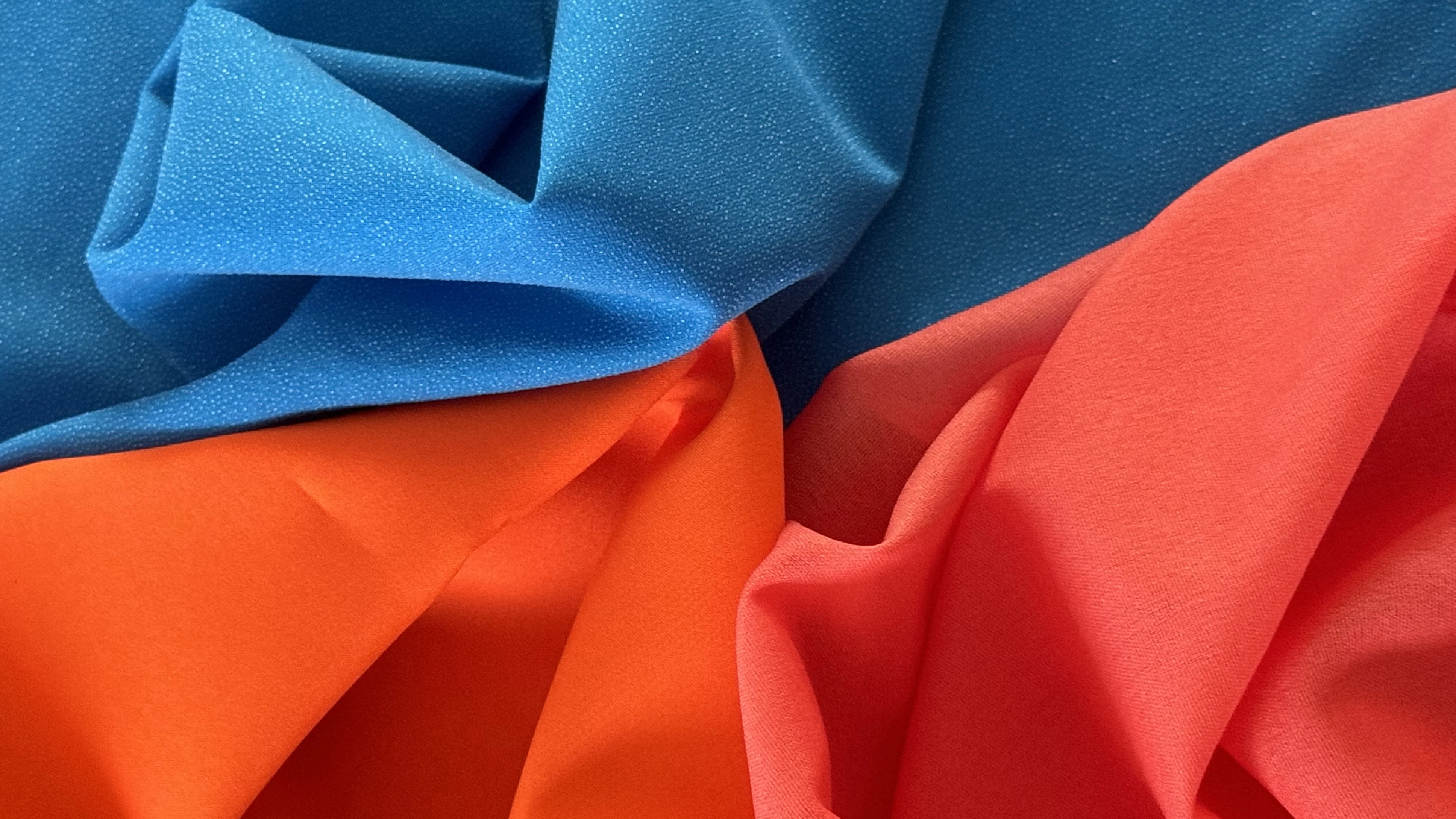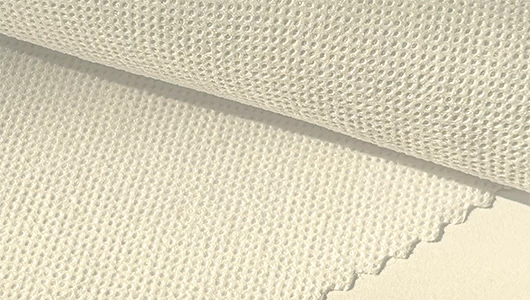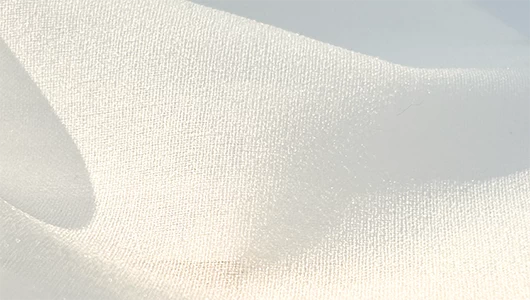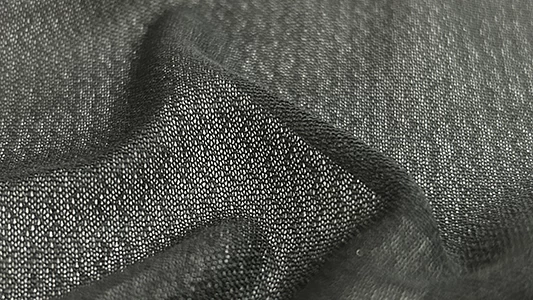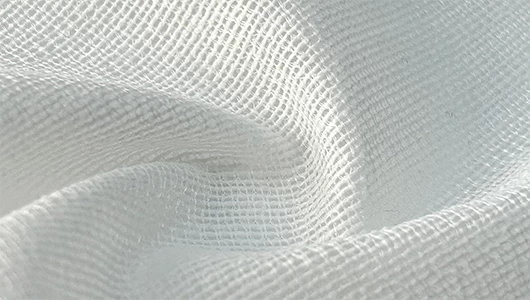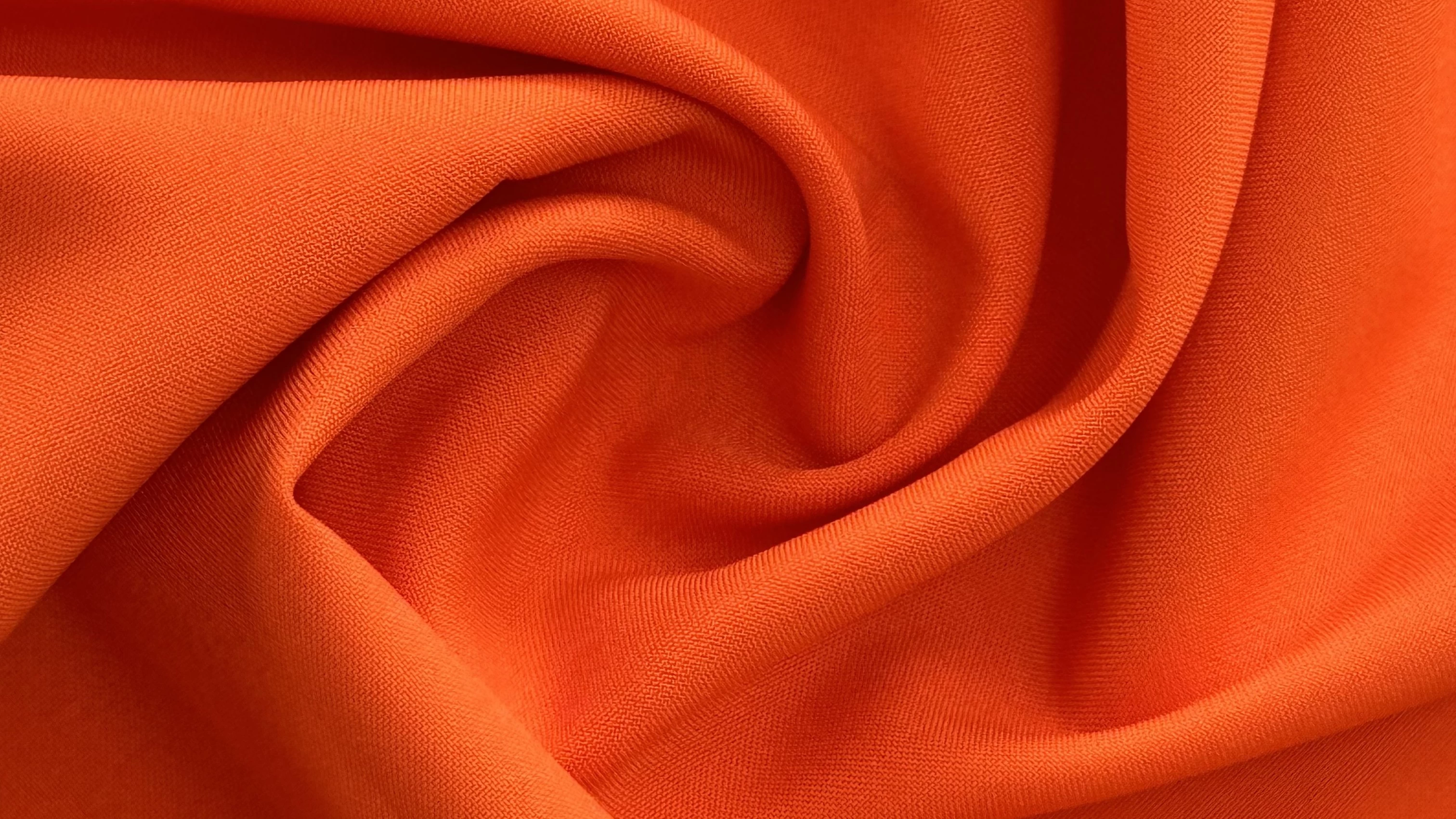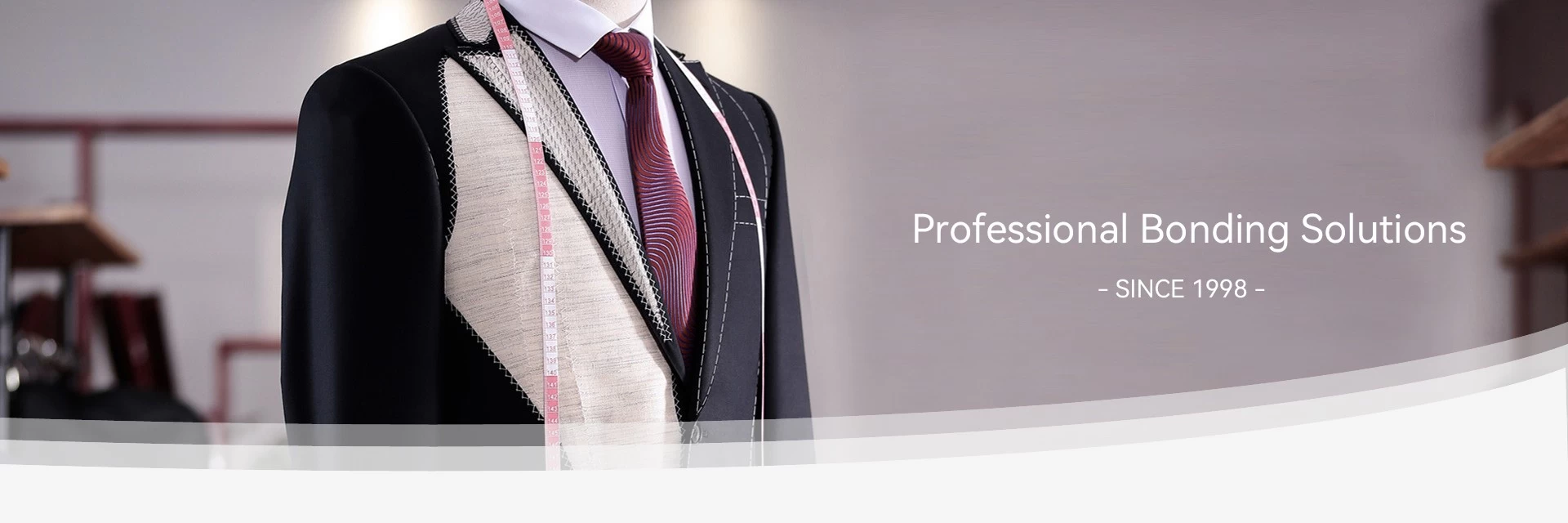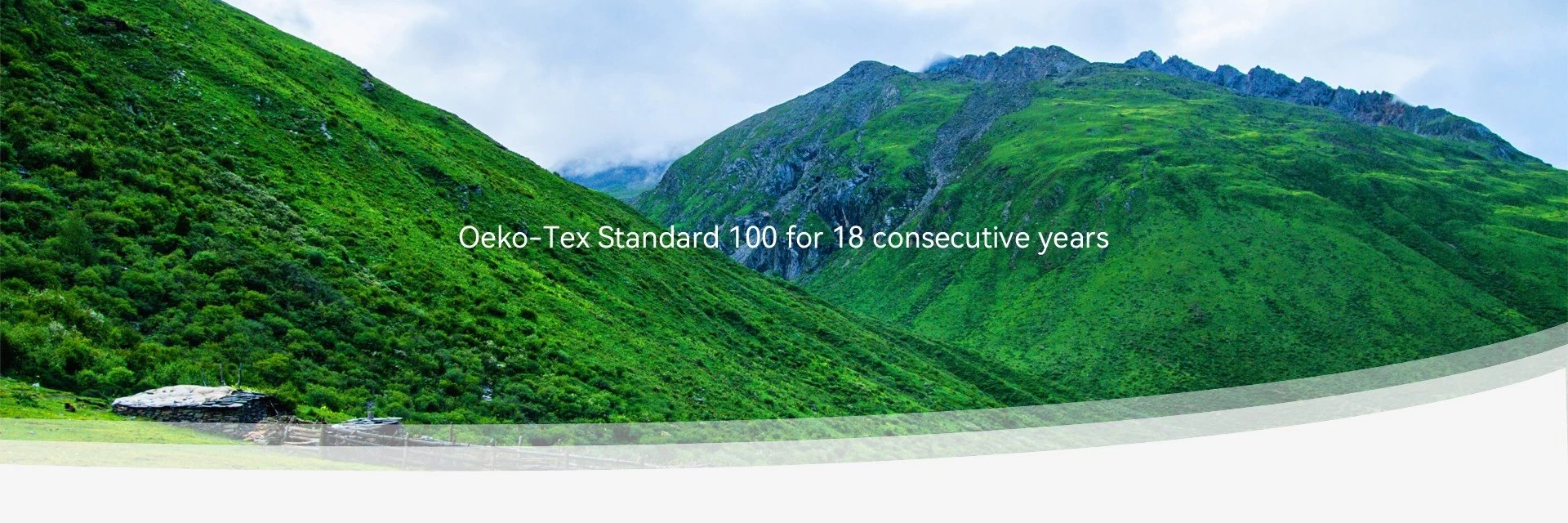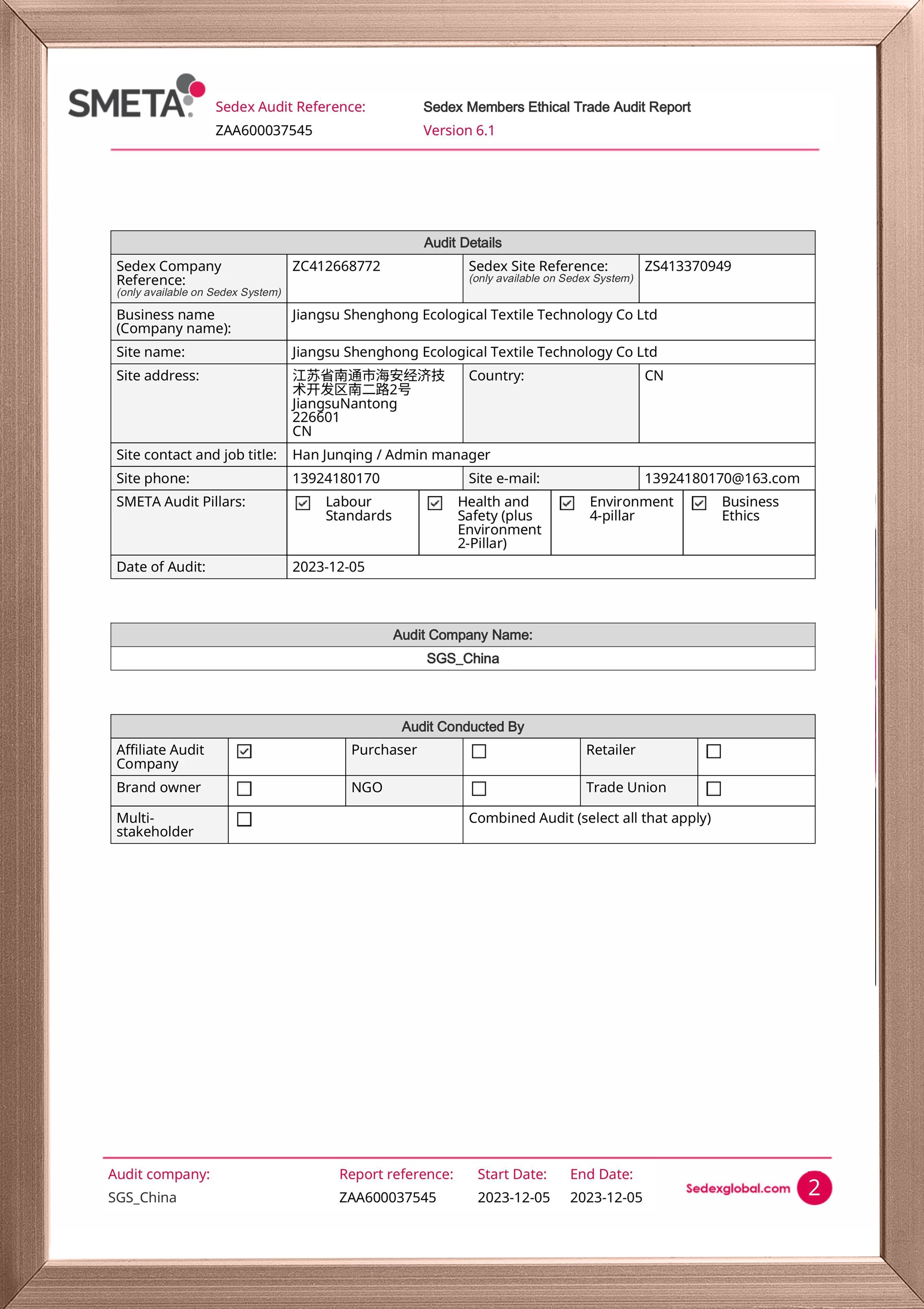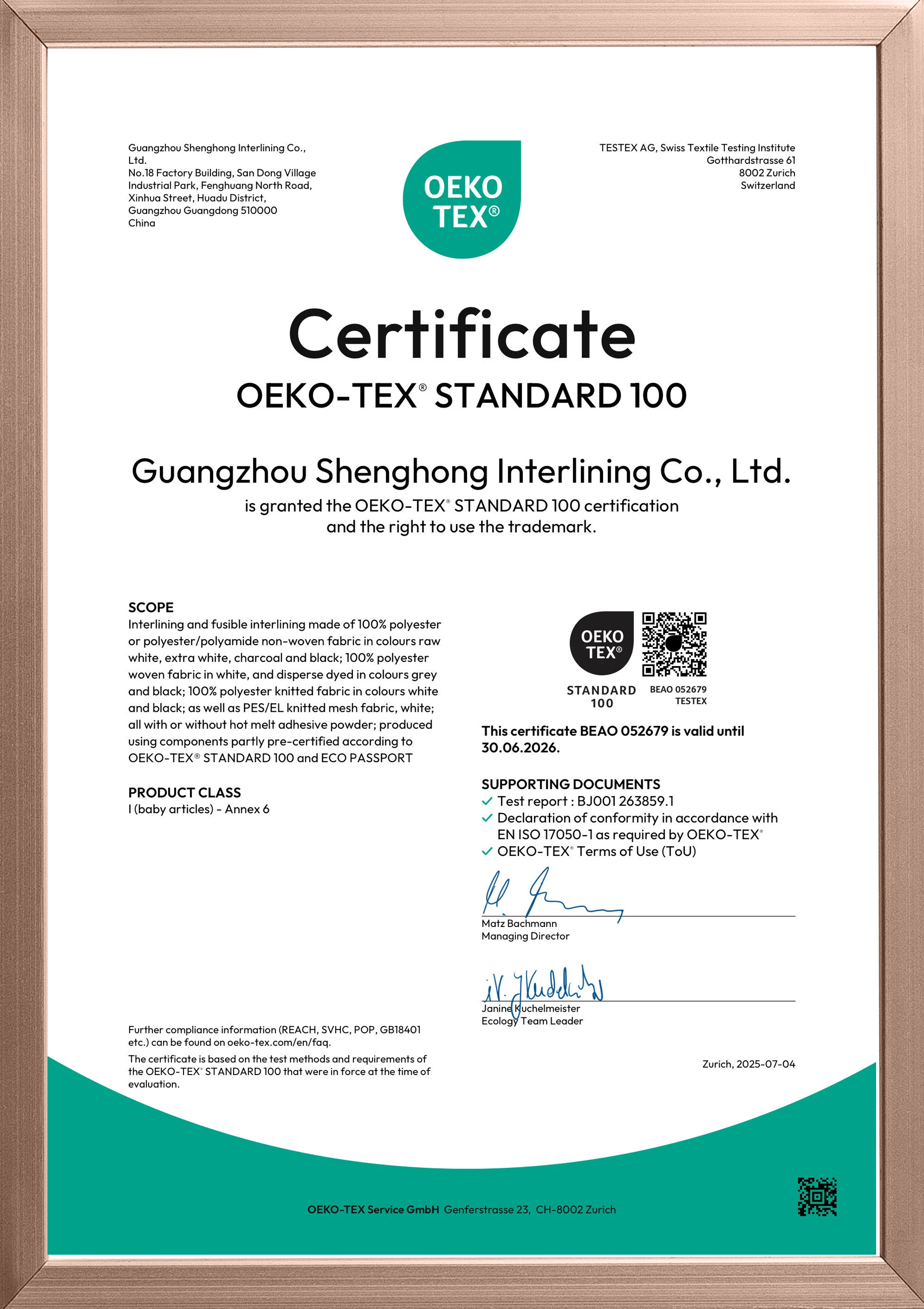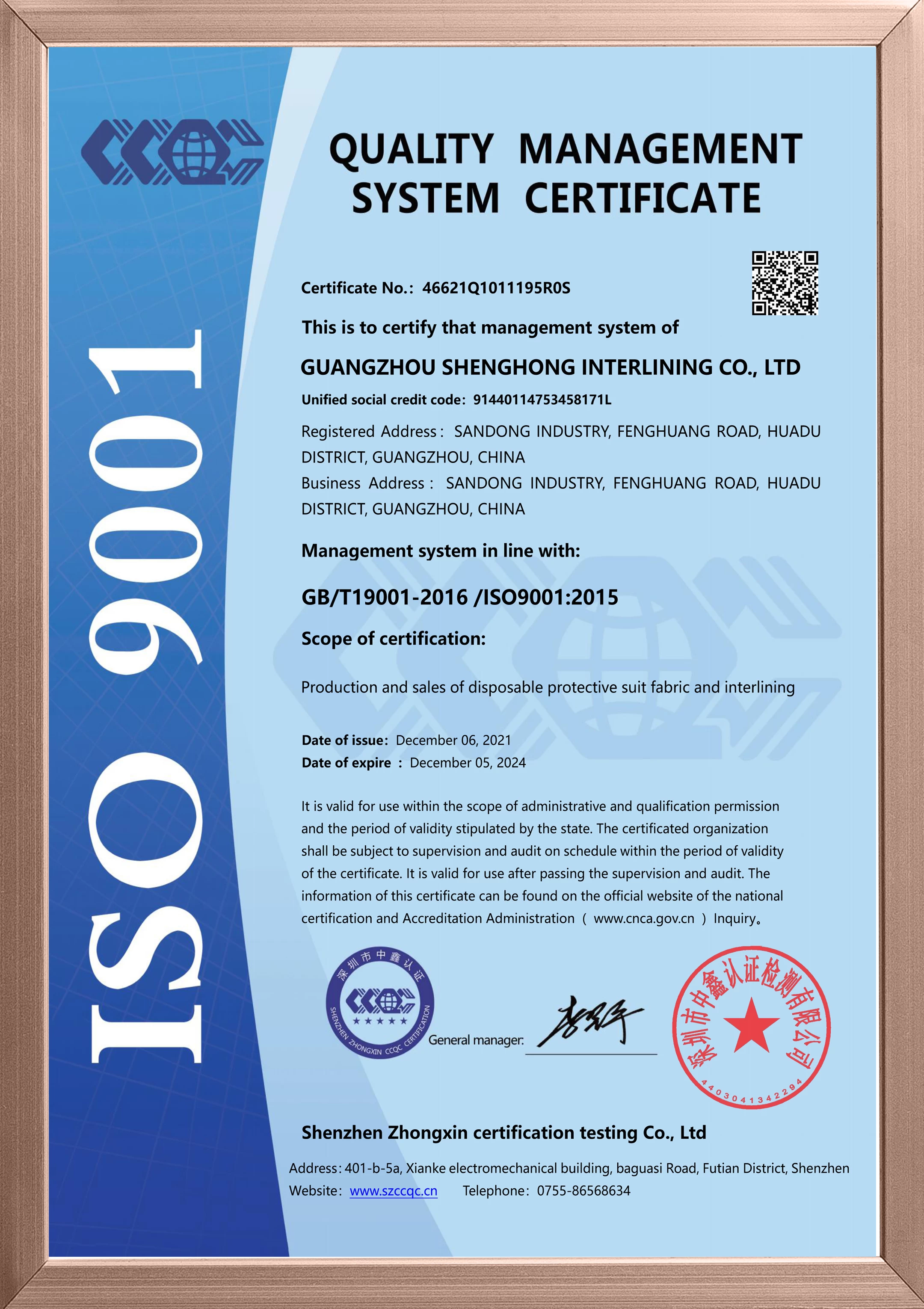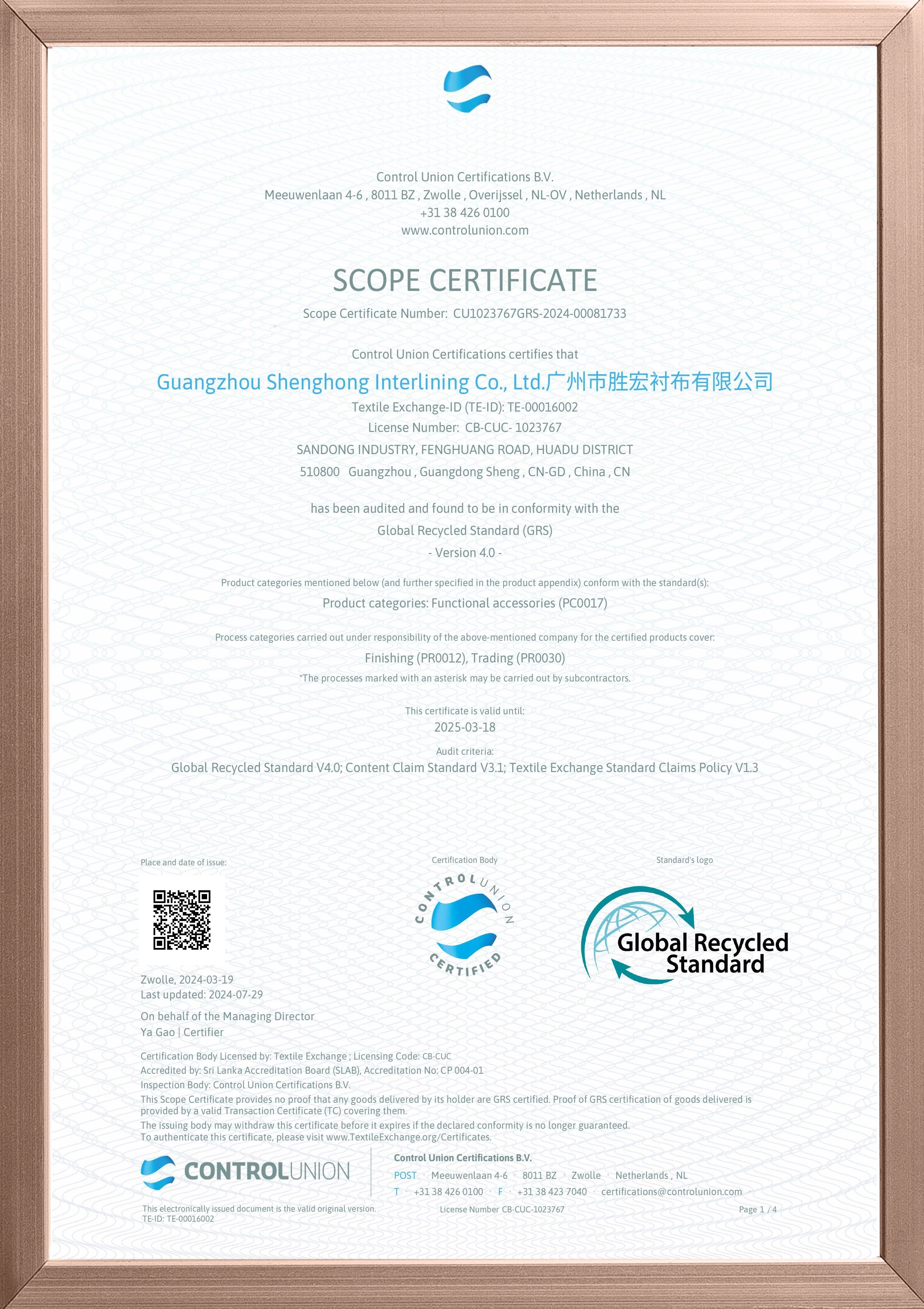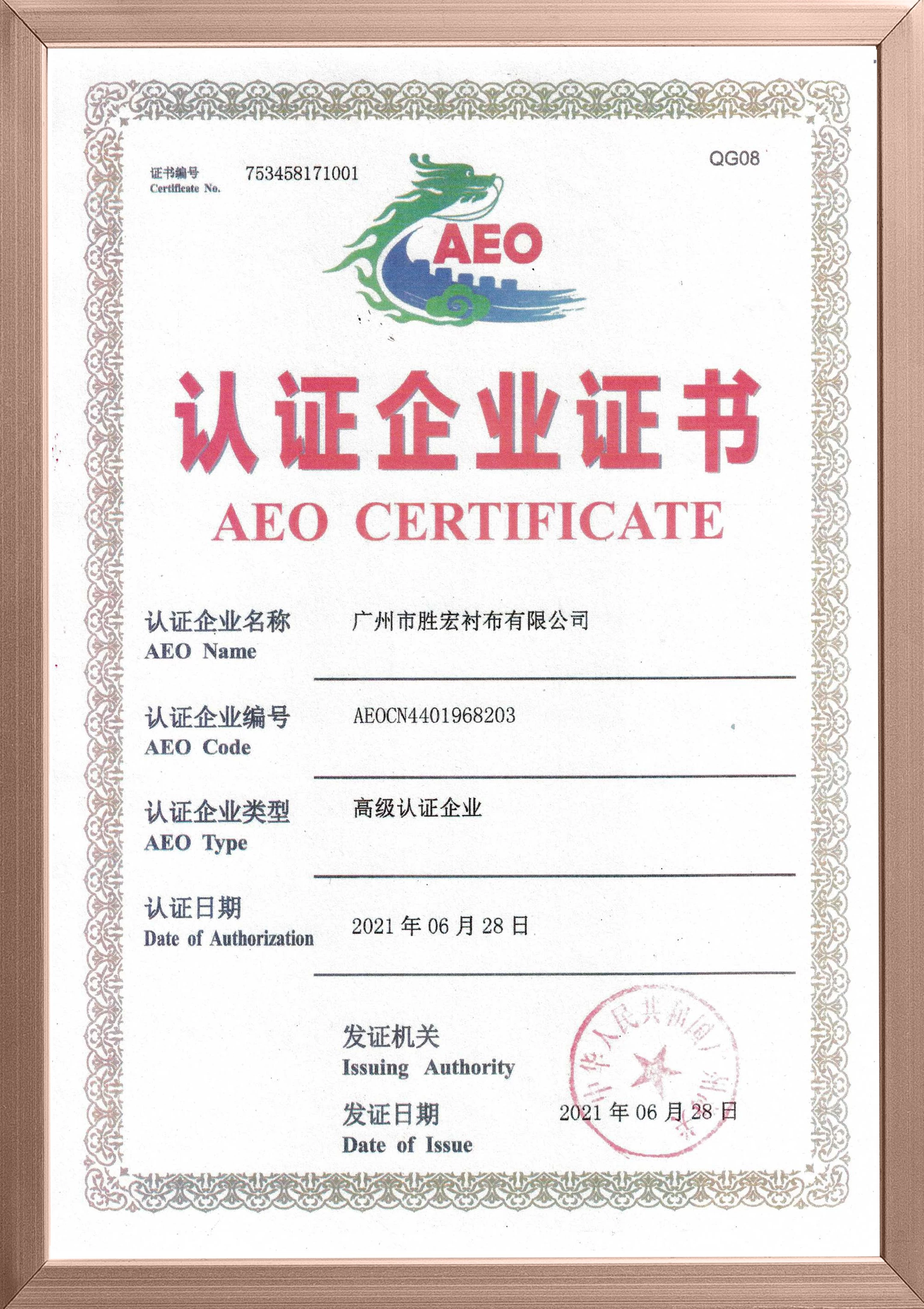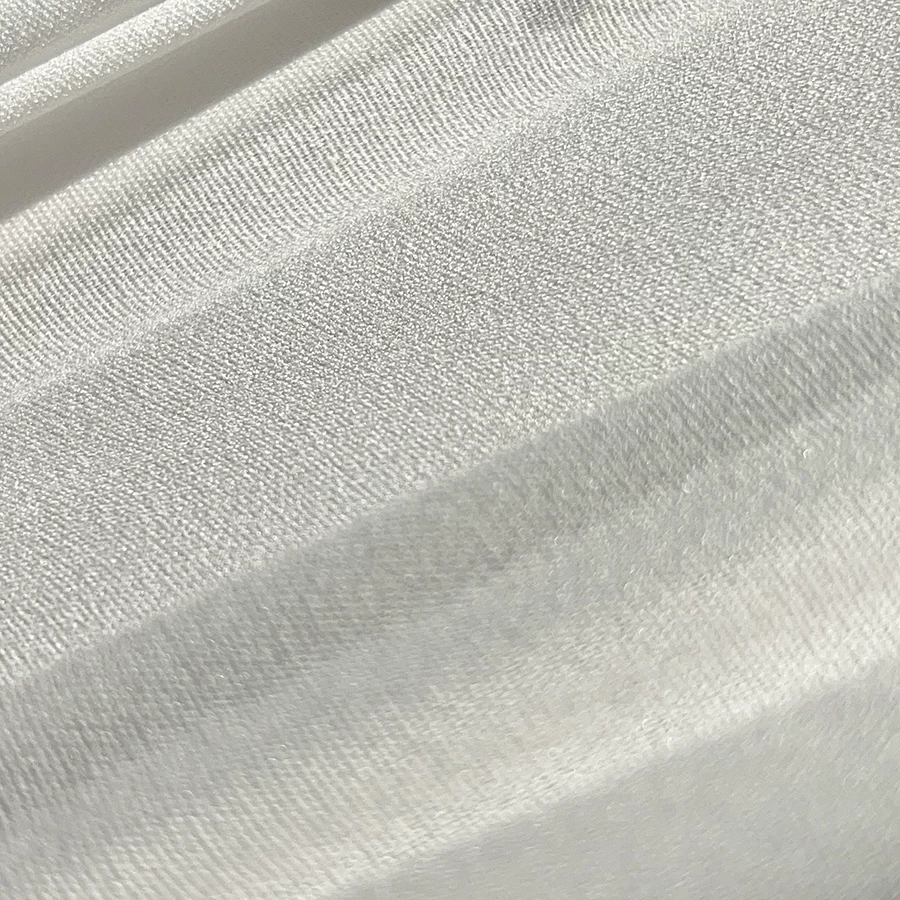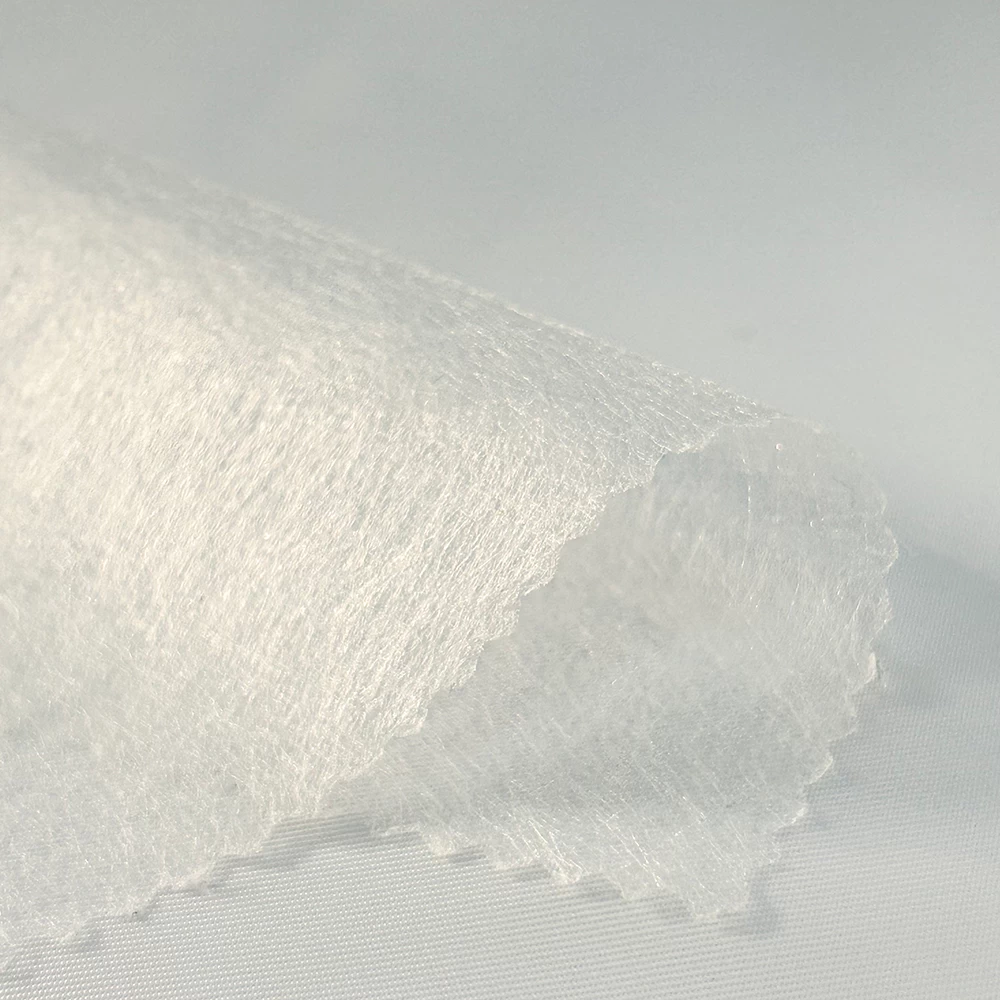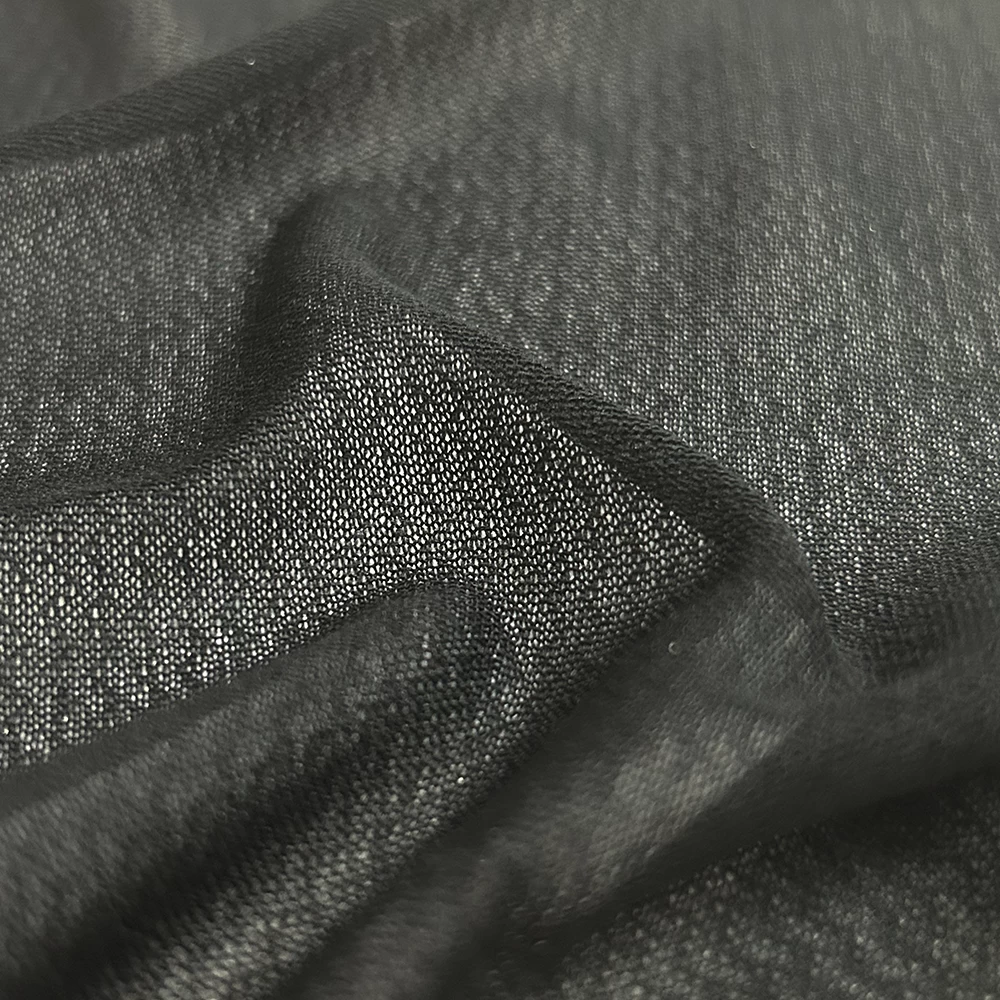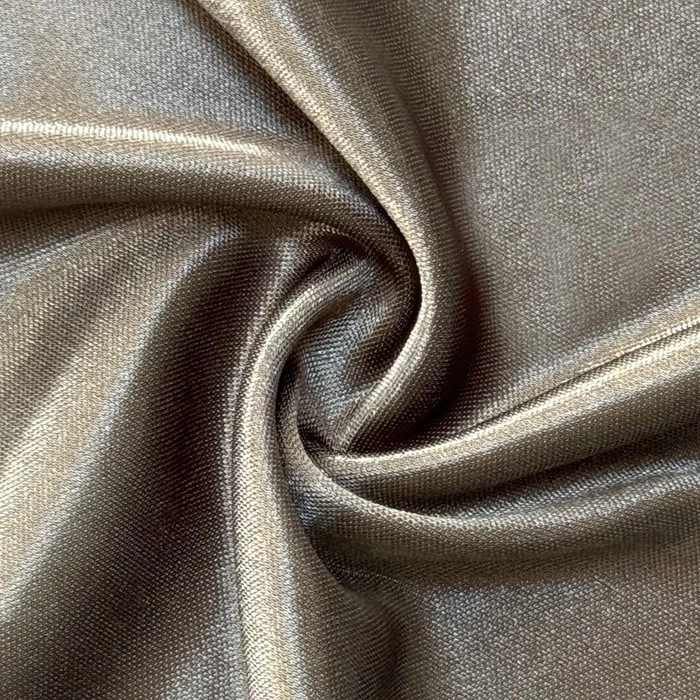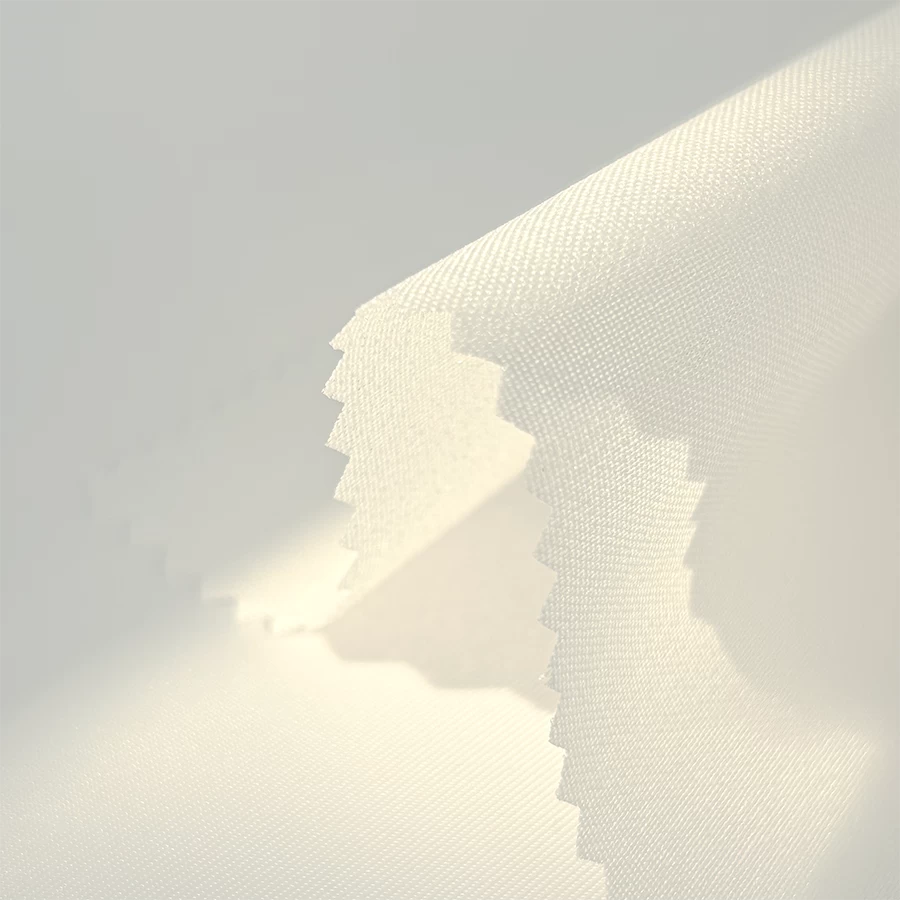A comprehensive analysis of Backing fabric for interlining
1. Classification according to fiber composition
(1) Natural fiber backing
a. Cotton backing
Characteristics: moisture absorption and breathable, soft and skin-friendly, high temperature resistance (can withstand ironing above 200 ℃), but poor elasticity, easy to shrink.
Uses: traditional shirt lining, handmade lining, need natural stiffness of clothing (such as cotton and linen suit).
Subdivision: universal combed cotton (low cost, slightly rough surface) combed cotton (yarn more compact, high strength, suitable for high-grade interlining) shenghong interlining factory China
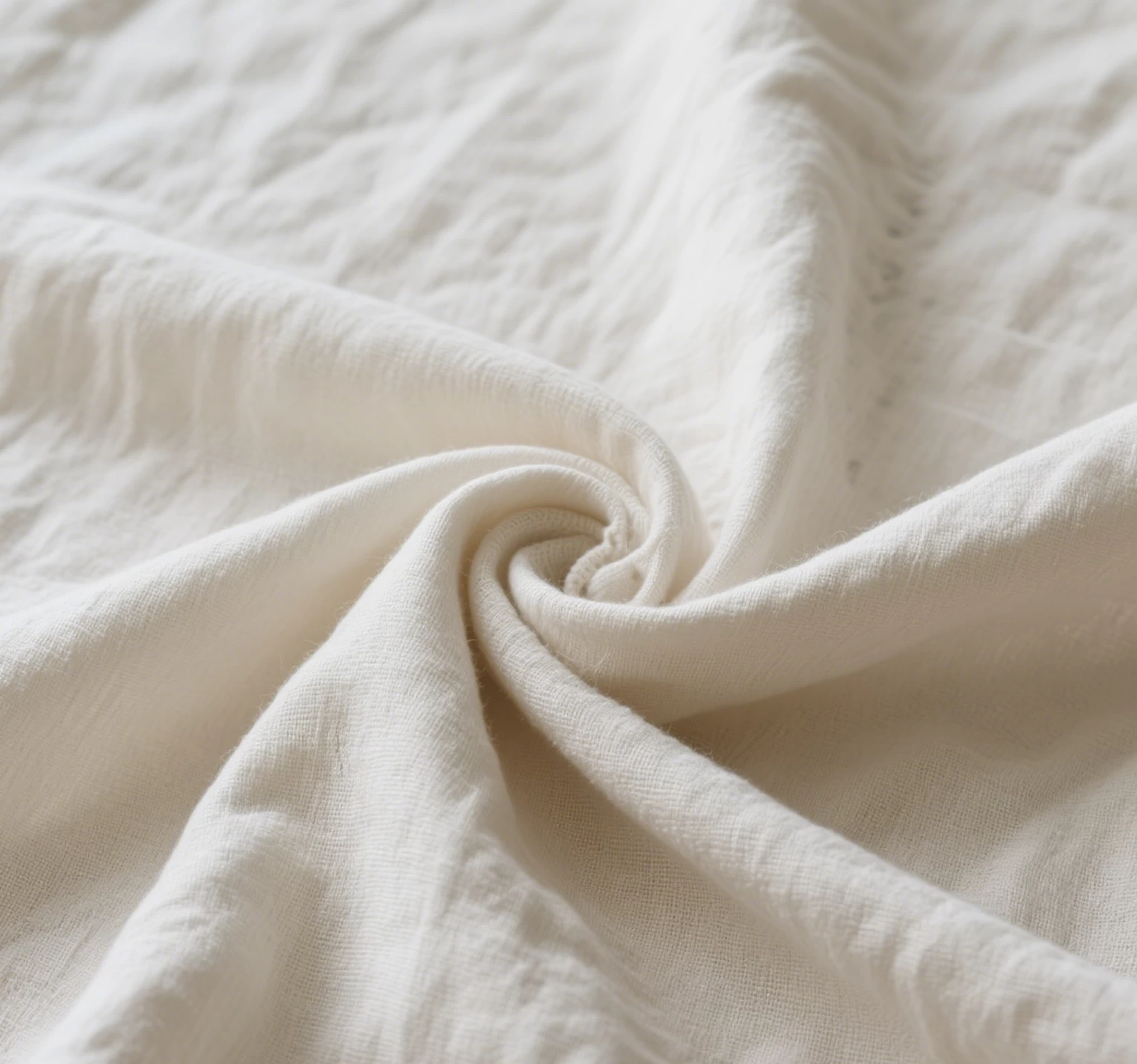
b. linen backing
Characteristics: high stiffness, moisture-absorbent and quick-drying, but rough to the touch, easy to wrinkle.
Uses: retro style clothing, luggage lining, parts that need strong support (such as suit chest lining).
(2) Chemical fiber backing
a. Polyester (polyester fiber) backing fabrics
Characteristics: high strength, anti-wrinkle, washing and abrasion resistance, but poor breathability, high temperature melt (need to control the ironing temperature).
Uses: modern clothing lining (such as jackets, dresses), industrial lining (such as shoes, bags).
Subdivision: long-fiber polyester (smooth, high strength) short-fiber polyester (imitation cotton feel, slightly better breathability)
b. Nylon (nylon) backing fabrics
Characteristics: good elasticity, wear resistance, but poor heat resistance (ironing temperature does not exceed 150 ℃).
Use: elastic fabric lining (such as sportswear, swimwear), lace lining.
c. Viscose fiber (rayon) backing fabrics
Characteristics: good moisture absorption, feel close to cotton, but low wet strength, easy to deformation.
Uses: low-end garment interlining, temporary shaping interlining.
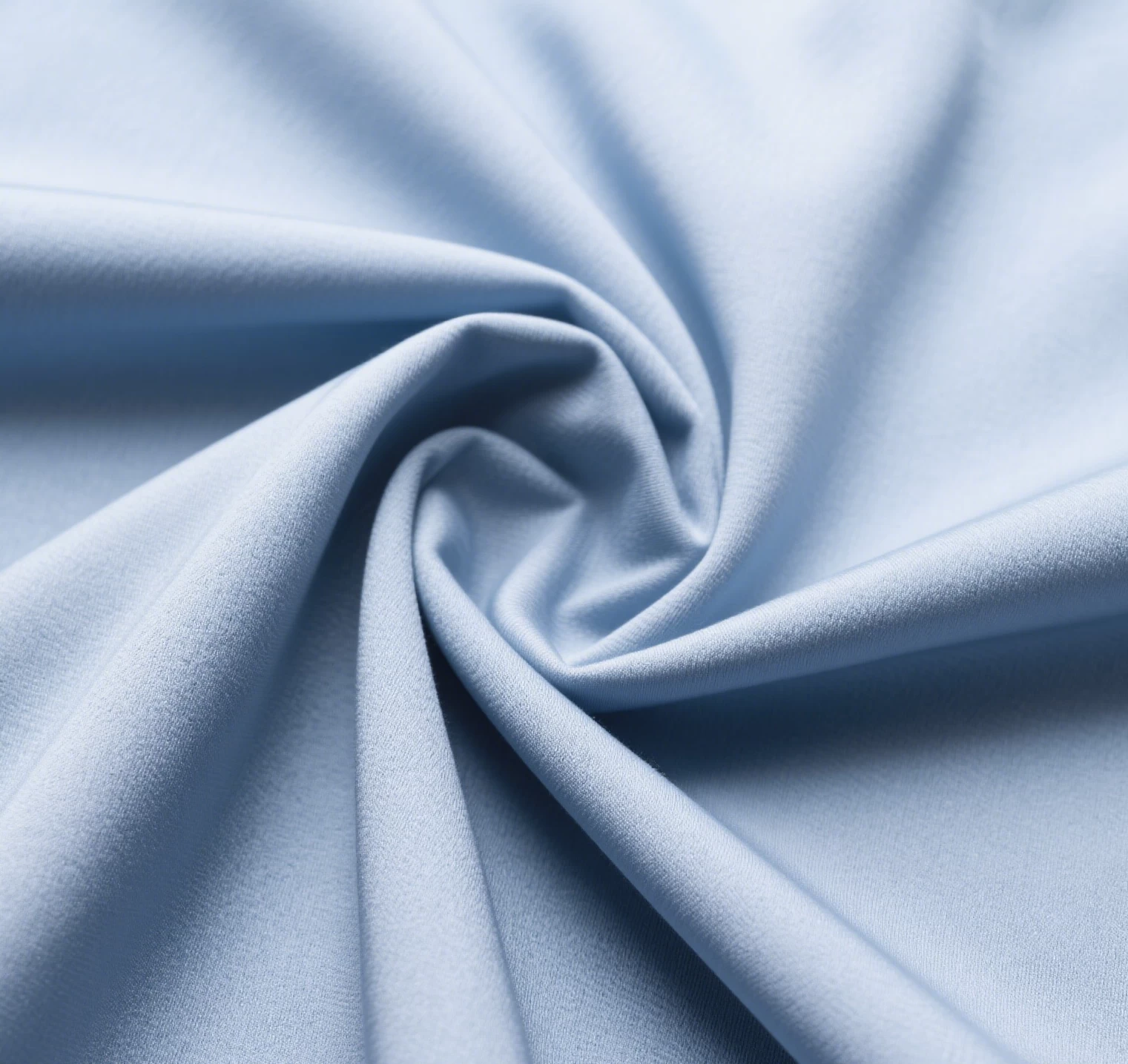
(3) Blended backing
a. Polyester-cotton blended (T/C): combining the breathability of cotton and polyester wrinkle resistance, commonly used in shirt lining.
b. Polyester-hemp blend: enhance the durability of hemp, used for casual suit lining.
c.Spandex blended: increase elasticity, used for knitted fabric interlining.China interlining manufacturer
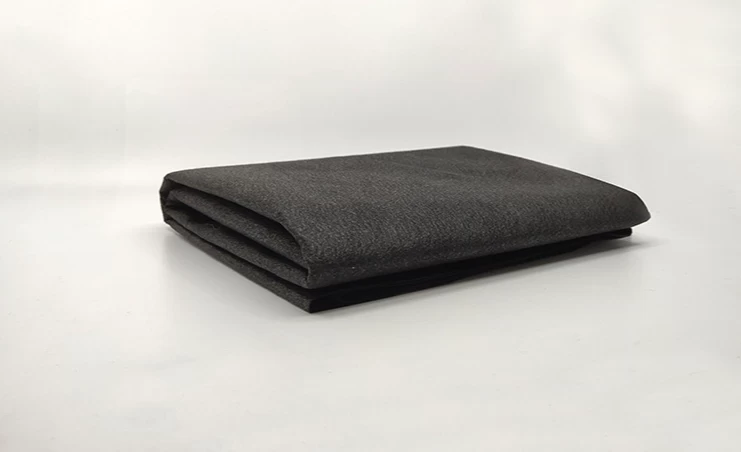
2. Classification by weaving method
(1) Woven backing (Woven)
Plain: tight structure, high stiffness, suitable for interlining that requires strong support (e.g. suit chest lining).
Twill: flexible and elastic, used for parts that require a certain degree of mobility (e.g. sleeve hole lining).
Satin: smooth surface, reduce friction with the fabric, suitable for high-grade garment lining.
(2) Knit backing fabric (Knit)
Characteristics: good elasticity, suitable for knitted fabrics (such as T-shirt collar lining).
Subdivision:
Warp knit lining (good stability, used for bra lining, stretch clothing)
Weft knitted backing (more elastic, used for sportswear)
(3) Non-woven backing (Non-woven, Non-woven)
Characteristics: low cost, easy to cut, but low strength, not resistant to washing.
Uses: temporary lining, craft lining, disposable medical protective clothing lining.
Subdivision:
Hydroentangled nonwoven (softer, used for light lining)
Hot rolled nonwoven (stiffer, used for bag lining)China interlining suppliers

